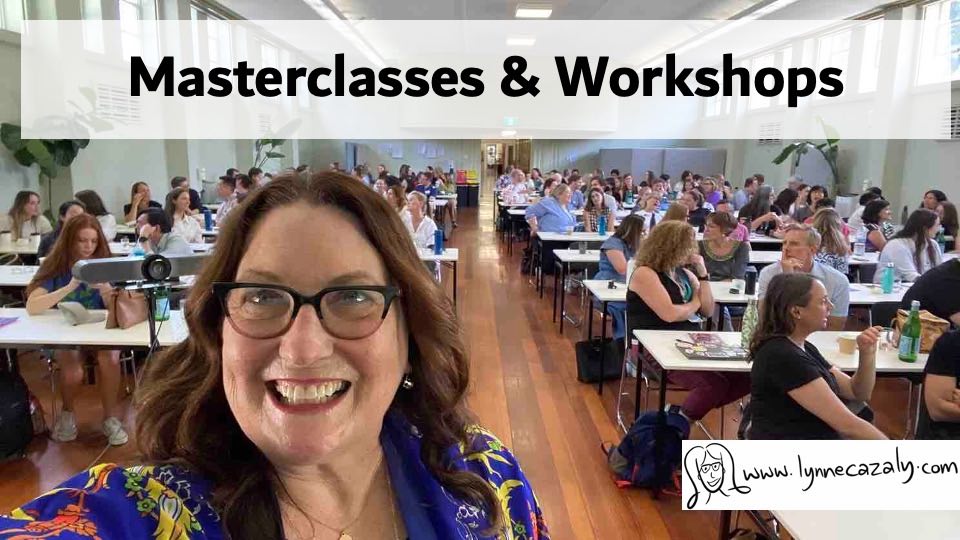Engaging, Building Buy in?
 Monday, September 3, 2012 at 5:24PM
Monday, September 3, 2012 at 5:24PM Engaging, building buy-in?
Cut.
Take 2.
I had the wonderful experience of acting in a couple of scenes of a Paramount feature film recently. There were lines to learn, a costume and makeup to wear, actions to remember and a conversation to have with another actor. And the starter-gun pressure of having to perform when the director called 'Set..... Action!' After a few takes with a different tone in my voice, varying hand gestures, louder or quieter volume and emphasis, it was … ‘a wrap’!
The day after the film shoot I worked with a group of leaders to help boost their engagement and buy-in skills with colleagues and project sponsors. We talked through how we don't often give ourselves the opportunity to try a second or third (or more…) take with our communication.
It is ok to have a few takes at our engagement and communication. If you’ve asked a question and you don’t get the response you’re after, ask another, try again.
“Another way to ask that would be…” or “How about…..” or “Let me try that again…”
It’s not live television. It’s not a game show. We’re working with other humans and sometimes we have to re-work and re-take things. It will be ok.
Just pause, rewind, go again. With a second or third take, you’re demonstrating your commitment to the role and you’re genuinely working to engage and build buy-in. In your meetings, conversations and workshops this week, have a 'take two'... or more.
The feature film? It will be released in November so I'll give you more details closer to the time - if I make it beyond the cutting room floor!
And thank you for the big thanks and feedback on last edition's highwire walker metaphor for meetings and conversations. Great to see it playing out for real this week for Nik Wallenda completing the Niagara Falls highwirecrossing. What an inspiring feat!
















